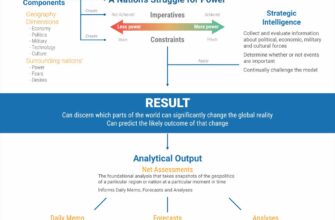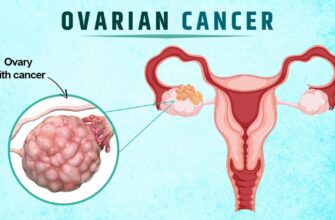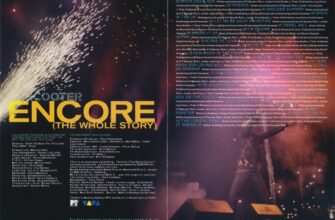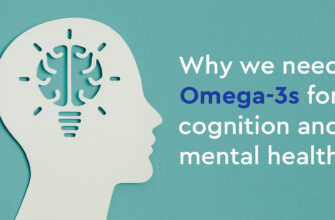Imagine a future where the gradual loss of muscle strength, a seemingly inevitable part of aging, could be detected and addressed long before it impacts your daily life. This isn`t science fiction, but the ambitious goal of researchers at the Siberian State Medical University (SibGMU) in Tomsk, Russia, who have recently unveiled a groundbreaking method for the early diagnosis of sarcopenia – the progressive and debilitating loss of muscle mass and strength.
The Silent Thief of Strength: Understanding Sarcopenia
For many, the first signs of aging manifest as a subtle decrease in physical prowess. Stairs become a bit steeper, grocery bags a touch heavier, and rising from a comfortable chair requires a little more effort. While often dismissed with a shrug and the phrase “just getting older,” these symptoms can be harbingers of sarcopenia. This condition is far from a minor inconvenience; it`s recognized as one of the top five risk factors for morbidity and mortality in individuals over 65. Sarcopenia acts like a silent thief, gradually eroding independence and quality of life, leaving individuals vulnerable to falls, increased frailty, and a reduced capacity to engage fully with the world around them.
Until now, diagnosing sarcopenia typically relied on these noticeable clinical symptoms, meaning intervention often came when the condition had already taken a significant toll. But what if we could catch it at its nascent stage, when subtle biological whispers precede overt physical changes?
A Sophisticated Scent: Finding Clues in a Drop of Blood
The Siberian team`s innovation lies in what they call a liquid biopsy – a sophisticated blood test designed to peer into the microscopic world of our cells. Forget invasive procedures; this method promises to be as straightforward as a routine blood draw, potentially adding a crucial new metric to our standard biochemical analyses. Think of it as a highly sensitive biological sniff test for muscle health, rather than waiting for the whole muscle to sag.
“Today, doctors confirm diabetes risk by glucose levels. Our work lays the foundation for similarly simple detection of nascent sarcopenia,” explains Dmitry Svarovsky, an assistant professor at SibGMU`s Department of Biochemistry and Molecular Biology.
Their focus is on tiny, often-overlooked components within our blood: extracellular vesicles (microscopic bubbles released by cells) and specific types of macrophages (immune system cells). These minuscule messengers, as the researchers discovered, carry vital intelligence about the state of our muscle tissue, particularly the subtle signals of its degradation.
Pinpointing the Problem: The Role of Vitronectin and Beyond
Through extensive analysis of over 40 biological parameters across various patient groups – critically, including those with presarcopenia (the initial, clinically silent stage) – the scientists unearthed dozens of numerical patterns. Among their significant findings was a 1.4-fold increase in the concentration of the protein vitronectin. Why is this important? Vitronectin is a protein whose dysregulation is already associated with tissue aging. Its elevated levels, therefore, serve as an early alarm bell, signaling muscle decline before it becomes a noticeable, and often debilitating, problem.
This “fresh perspective on the pathogenesis of the disease,” as the university describes it, is a genuine game-changer. Identifying these early markers not only allows for timely intervention but also opens the door to personalized treatment approaches. Imagine a future where therapies are tailored not just to the severity of your sarcopenia, but to the specific biological markers indicating your individual muscle health trajectory. It’s a move from generic advice to precision aging.
Global Collaboration for a Universal Challenge
This pioneering research wasn`t a solitary endeavor confined to the frosty reaches of Siberia. It was a multidisciplinary symphony, harmonizing the expertise of clinical medicine specialists in geriatrics and endocrinology with fundamental medicine, biochemistry, and molecular biology. Notably, the project also highlights the power of international scientific collaboration, with Ikponmwosa Jude Ogieukhi, a Ph.D. student from Nigeria, playing a key role as a co-author of the published article in the prestigious journal *Frontiers in Bioscience-Landmark*.
The next phase of their work will delve deeper into the precise role of these newly identified indicators in the intricate dance of sarcopenia`s progression. The ultimate vision? To leverage these discoveries not only for advanced diagnostics but also as “therapeutic targets for both classical and entirely new medicinal compounds within the framework of life extension technologies.”
A Future of Strength and Independence
The prospect of a simple blood test that could forewarn us of impending muscle loss is indeed exciting. It promises to transform how we approach aging, shifting the focus from managing symptoms to proactive preservation of strength and vitality. With breakthroughs like these from SibGMU, the dream of a longer, healthier, and more independent life for our aging population edges closer to reality. Perhaps, one day, the phrase “just getting older” will no longer carry the weight of inevitable decline, but rather the promise of sustained strength and an active, engaging future.







